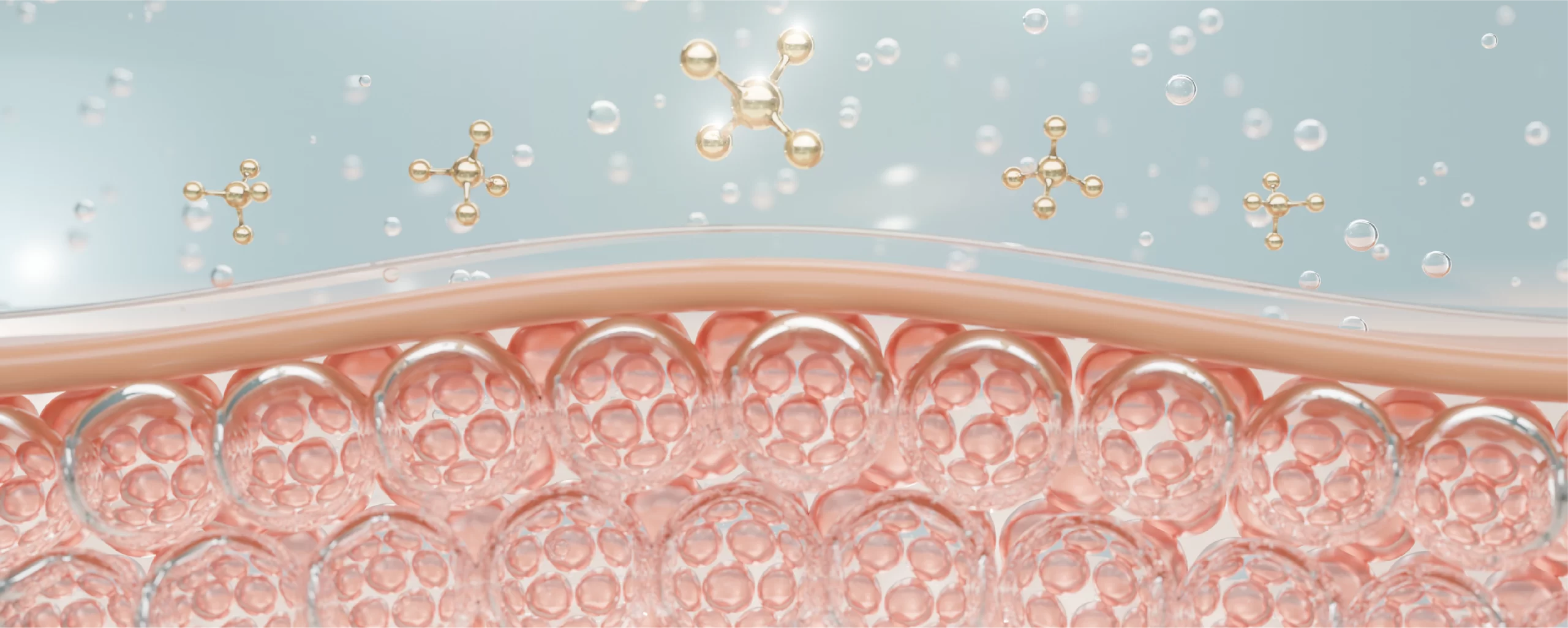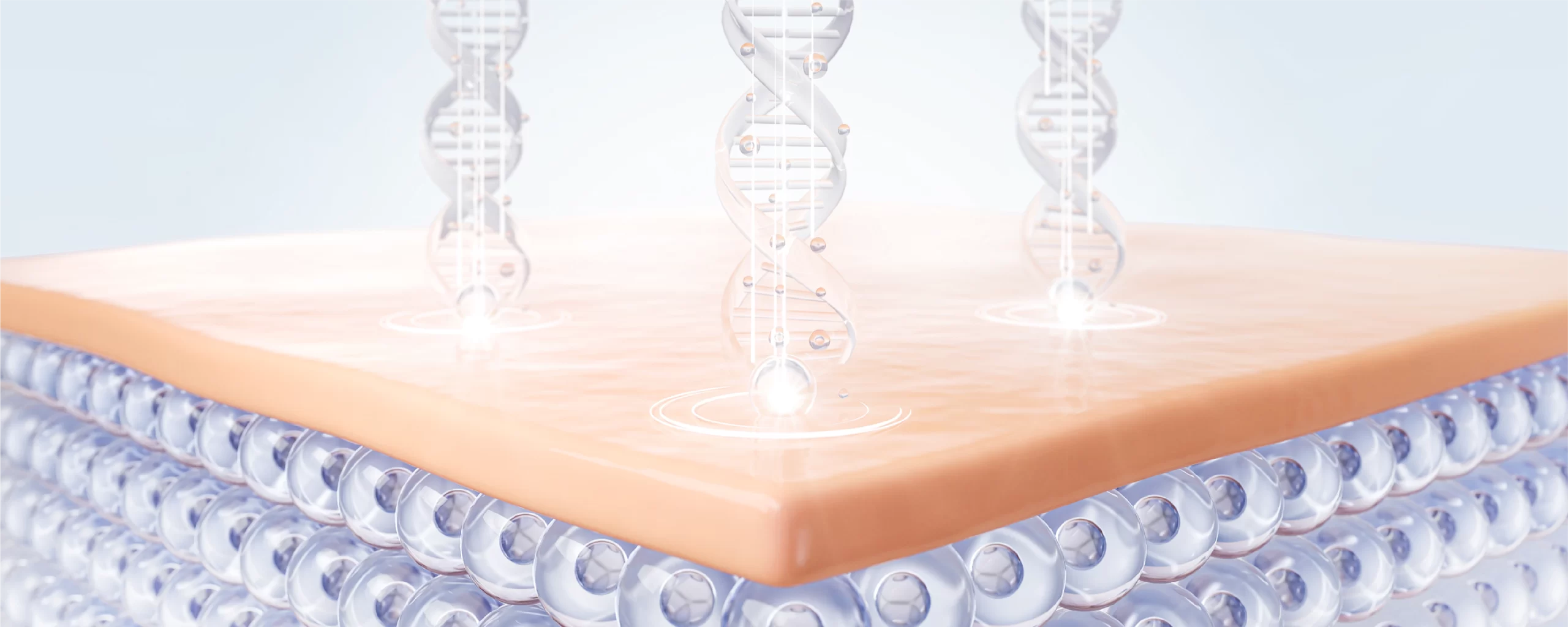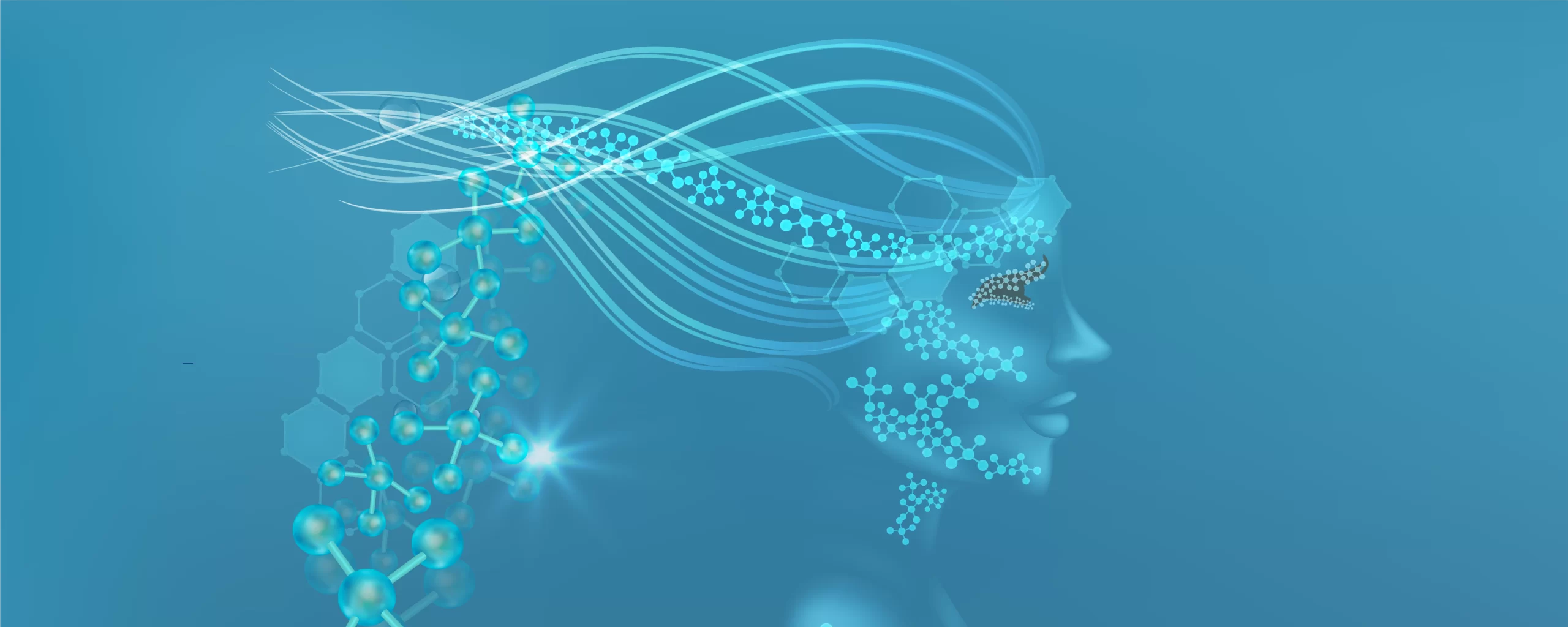Skin Barrier Reinforcement: Deep Dive into Latest Advancements
Dermatological diseases account for the fourth most common cause of non-fatal disease burdens globally. Skin disease exacerbation roots in cumulative aggravation of multiple factors that range from genetics to climate, air pollution, industrialization, and mental stress. Additionally, COVID-19 stripped the human skin of its microbiome and other natural barriers, making it more susceptible to the effects of mounting stress and climate change.
As consumer interest in healthy skin and inside-out beauty norms piques, the skincare industry is expected to offer solutions that rectify impaired skin barriers and reinforce the best protection layer for the largest organ in the human body. The market growth is primarily driven by millennials’ demand for skin barrier products, and it is expected that the market will reach $1.12 billion by the end of 2025.
In this write-up, we assess the recent research advancements that are providing a helping hand to formulators in this context, along with the most innovative solutions that are currently leading the niche.
Skin Barrier Strengthening: Recent Scientific Advancements
Biomimetic Lipid-based Formulations
- Triple Lipid Barrier Repair Therapy: Ceramides, free fatty acids, and cholesterol-based formulations mimic natural skin lipids and thus help improve lamellar bilayer formation along with antimicrobial defense. For instance, a pilot study comparing the effect of a conventional moisturizer and a skin barrier emulsion cream on patients with atopic dermatitis concluded that the latter, a ceramide-dominant, triple-lipid formulation, improved the skin barrier with significantly higher efficiency than its conventional counterpart. Similarly, cholesterol- and free fatty acid-based formulations demonstrated higher efficacy in restoring the stratum corneum structure while reducing inflammation in patients with atopic dermatitis.
- Ceramide-Dominant Products: In a natural state, ceramides are present in the stratum corneum. With free fatty acids, cholesterol, and other lipid groups, they form a strong barrier to prevent water evaporation from the skin and penetration of foreign agents. Any changes in their composition or natural arrangement have been strongly linked to various skin diseases and conditions, including psoriasis and atopic dermatitis. Therefore, the introduction of ceramides in skincare formulations for topical applications could be the key to preventing or treating the aforementioned skin conditions. However, the rigorous processes involved in incorporating ceramides into the final product come with their own set of challenges that have yet to be addressed.
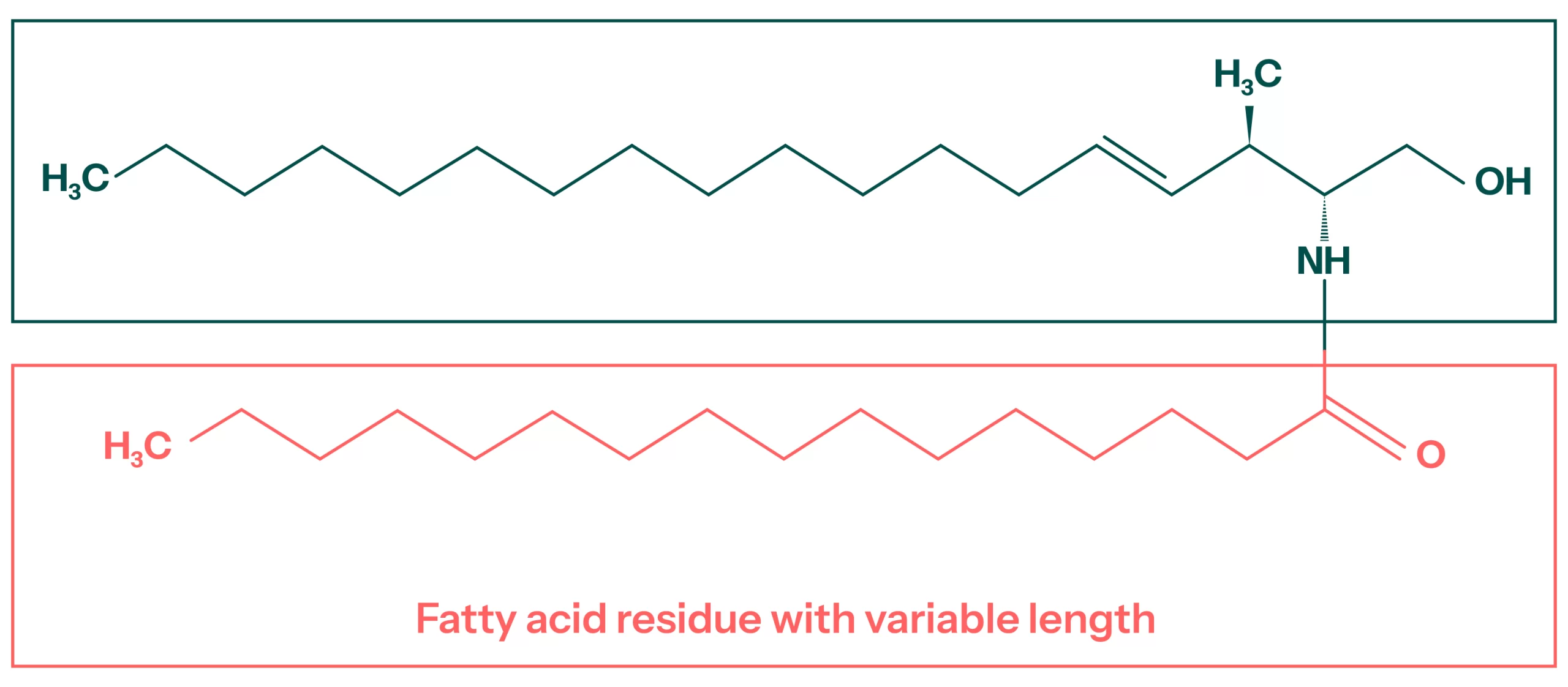
Figure 1: Ceramide Structure
Biotech-Driven Ingredients
- Bioengineered Actives: The emerging class of skin-related bioengineered molecules specifically includes Sphingosine-1 phosphate (S1P) receptor modulators. S1P is a bioactive lipid metabolite that works as an intracellular and extracellular messenger for various biological activities. It has an in vivo immunomodulatory role, indicating its involvement in immune-related skin diseases such as vitiligo, psoriasis, and scleroderma. Therefore, bioengineered actives such as S1P, Malassezin, fingolimod, S1PR antagonists, enzyme inhibitors, and lysophospholipids are being explored for potential therapeutic applications in the aforementioned skin conditions.
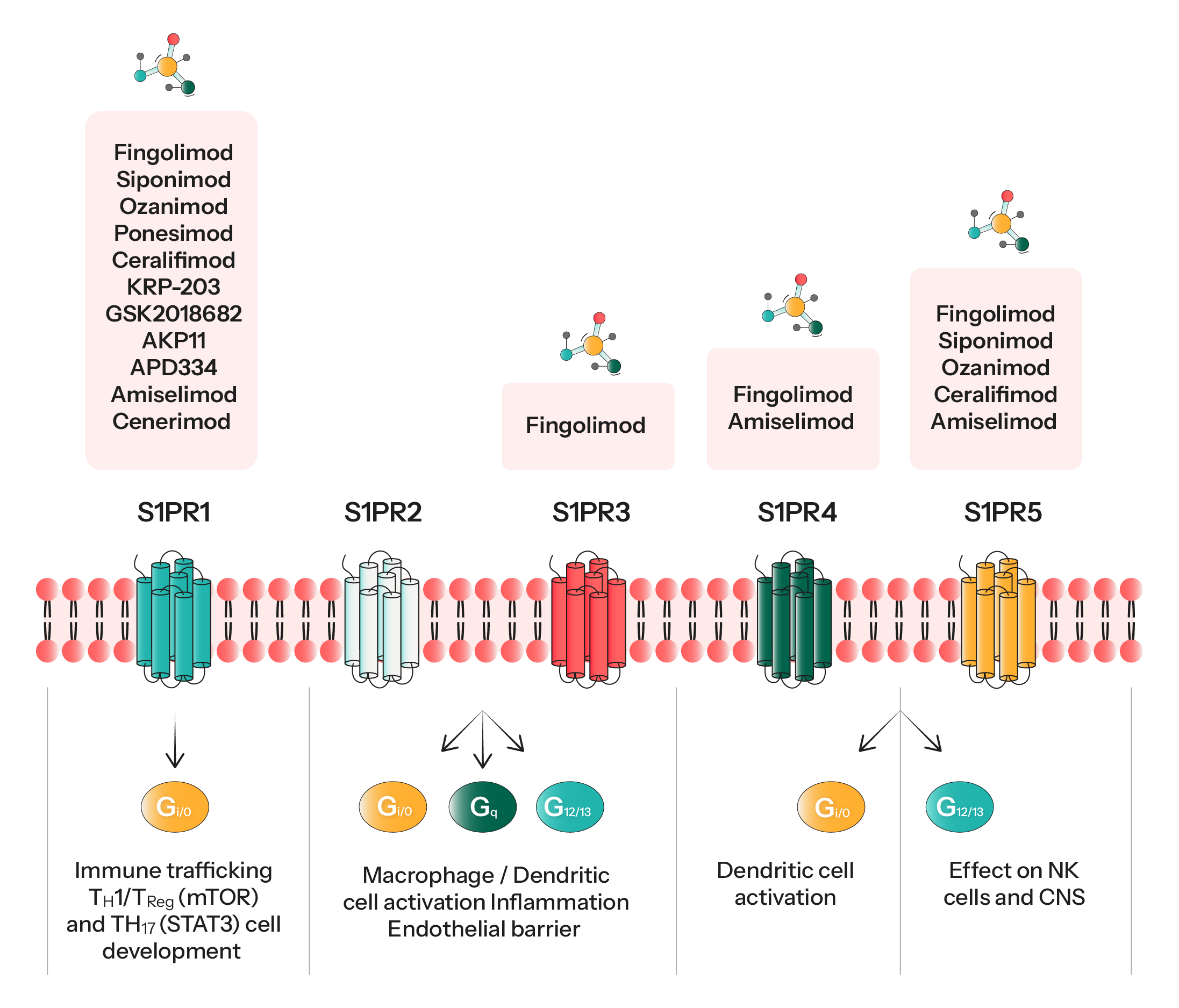
Figure 2: Schematic summary of the current view of S1PR modulators and S1P signaling pathways with cellular therapeutic targets (Source)
- Postbiotics: These bioactive compounds, extracted from probiotics, are garnering significant attention for restoring microbiome balance and aiding in skin barrier reinforcement. For instance, postbiotics such as hyaluronic acid and lactic acid help maintain skin elasticity and hydration by restoring the lipid barrier.
Advanced Delivery Systems
- Ingredient Encapsulation: The encapsulation of active ingredients, such as hyaluronic acid and niacinamide, ensures their delivery to the targeted skin layers, minimizing irritation and maximizing effectiveness.
- Microneedles: These are miniature, biocompatible needles used for the transdermal delivery of active ingredients to the deeper layers of the skin. They are painless, localized delivery systems with lower side effects and better consumer compliance. Highly recommended for skincare products for wound healing and atopic dermatitis.
- Liposomes: Primarily used for delivering active ingredients into the skin, these are tiny, spherical lipid bilayer structures that promise better bioavailability, accuracy, molecule absorption, and drug stability.
- Transdermal Drug Delivery Innovations: These systems utilize proteases and nanoparticles to facilitate enhanced healing of chronic wounds. These natural-origin compounds feature flawless biocompatibility, low toxicity, and cost-effectiveness. Although they are currently used in wound care and healing, their application areas are expected to expand in the near future to include cosmetic surgeries, skin transplants, and clinical skin procedures that involve therapeutic treatments.
Most Advanced Solutions For Skin Barrier Reinforcement
- Corneopeptyl: A patented biomimetic peptide that mimics the skin-strengthening protein LCE6A, thereby reinforcing the skin barrier. The ingredient reinforces the corneocyte envelopes and reduces stratum corneum permeability, moisture loss, and inflammation within a week, improving skin barrier function. The clinical studies and AI analysis supporting this product claim a rejuvenating effect that results in up to four years’ younger-looking skin.
- Pro ResilienceⓇ Serum: A Lucas Meyer product, it combines encapsulated hyaluronic acid, bioflavonoids, and peptides. The product promises to promote skin repair, reduce redness, and smooth facial expression as its ingredients work beneath the surface to address deep wrinkles and contraction lines.
- The Answer Reparative Serum by Symbiome: Extracted from healthy human stem cells, this serum is enriched with natural regenerative peptides, hyaluronic acid, growth factors, and exosomes. It claims to be a pro-collagen broth rich in all the essentials needed to maintain skin elasticity and promote healthy collagen. The cytokines present in it rebuild the skin resilience while repairing it at a cellular level.
- Youth Cell Activator by Burke Williams: It uses cassia alata leaf extract, squalene, bamboo extracts, and ceramide NPs. The product claims to reduce wrinkles and fine lines up to 56% within a month of use. While squalene promises skin barrier repair, the ceramides and bamboo extract work together to rejuvenate the skin and prevent moisture loss.
- The Rich Cream by Augustinus Badar: This topical barrier cream features a TFC8 combination of ceramides, synthesized molecules, vitamins, and squalene to prevent moisture loss, restore hydration, and strengthen skin defenses.
Most Active Startups Defining the Skin Barrier Market Ecosystem
- Deinde: Founded in 2023, this US-based startup is leveraging a biotech-derived citrus flavonone, naringenin, to target skin longevity and inflammation by triggering antioxidant and anti-inflammatory responses. The list of their offerings includes a skin-strengthening serum, purifying whipped cleanser, and moisture-locking face stick.
- Mother Science: Another US-based startup, it offers biotech-driven skincare through a patented bioengineered active ingredient, malassezin, which fortifies the skin’s moisture barrier at a molecular level. Its proprietary product, Molecular Hero Serum, promises to enhance skin health and resilience.
- Sachi Skin: Founded in early 2020, this UK-based startup combines modern dermal science with ayurvedic botanicals to formulate cruelty-free, vegan skincare products for diverse skin types, specifically for melanin-rich skin.
- The Ordinary by DECIEM: Founded in 2013, this Canadian startup focuses on science-backed, transparent formulations enriched with a myriad of actives that stimulate skin barrier resilience. Their products are known for their affordability.
- The Inkey List: Based in the United Kingdom, this 2018 startup is educating customers on skincare ingredients and provides effective, simple solutions to rebuild skin barriers.
The Last Word
These recent developments have transformed both industry benchmarks and consumer expectations. As more skin disorders, autoimmune diseases, and sustainability pressures reshape the skincare industry dynamics, companies need to prioritize R&D strategies and transparency to develop a better understanding of skin biology complexities, consumer compliance, and redirecting the present set of treatments towards personalized, streamlined routines.
